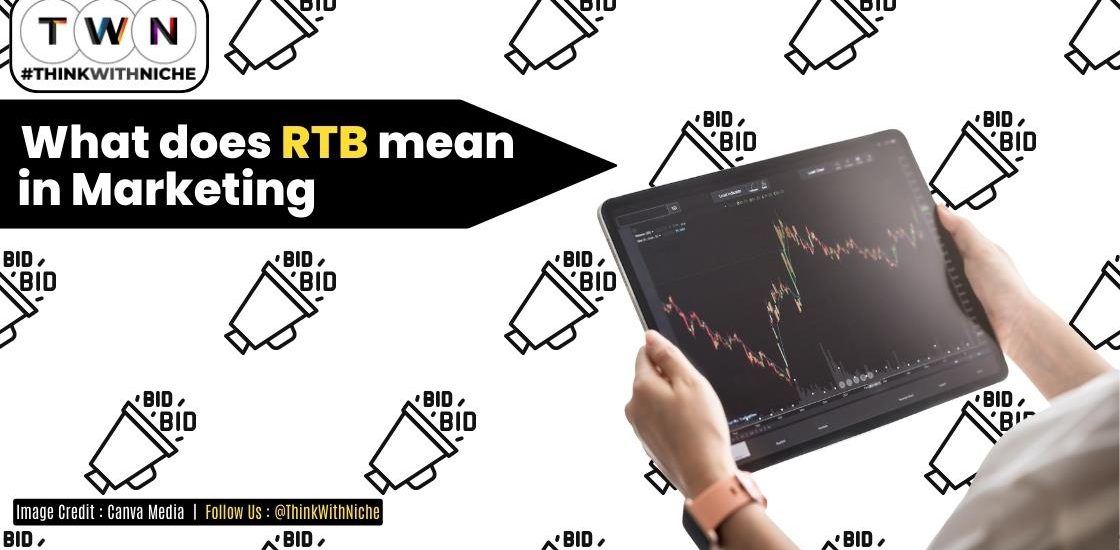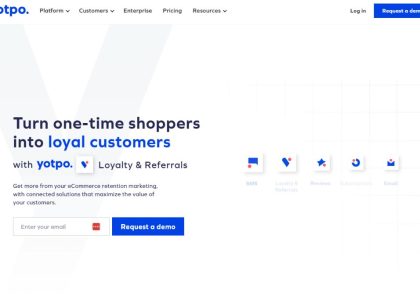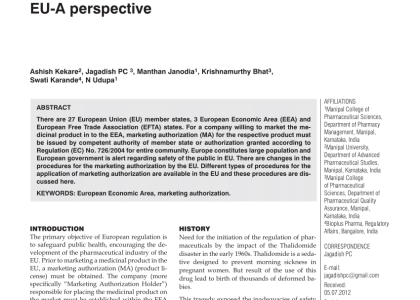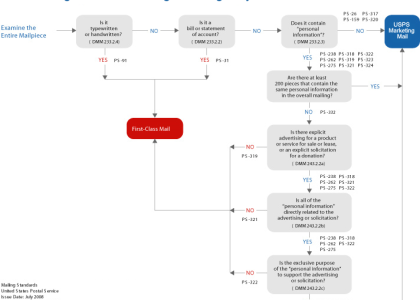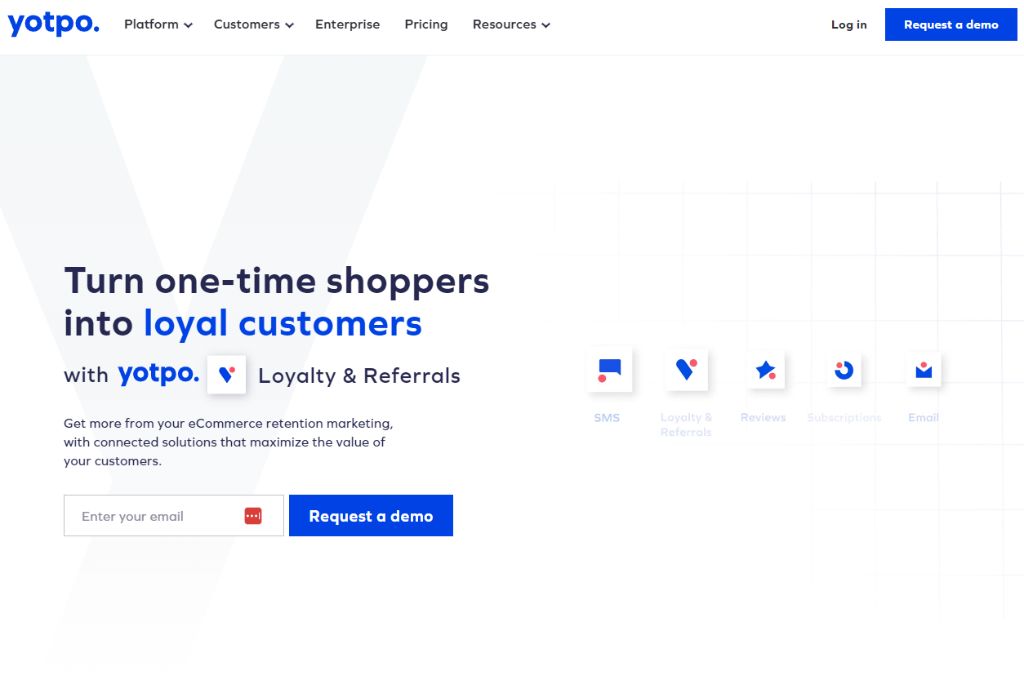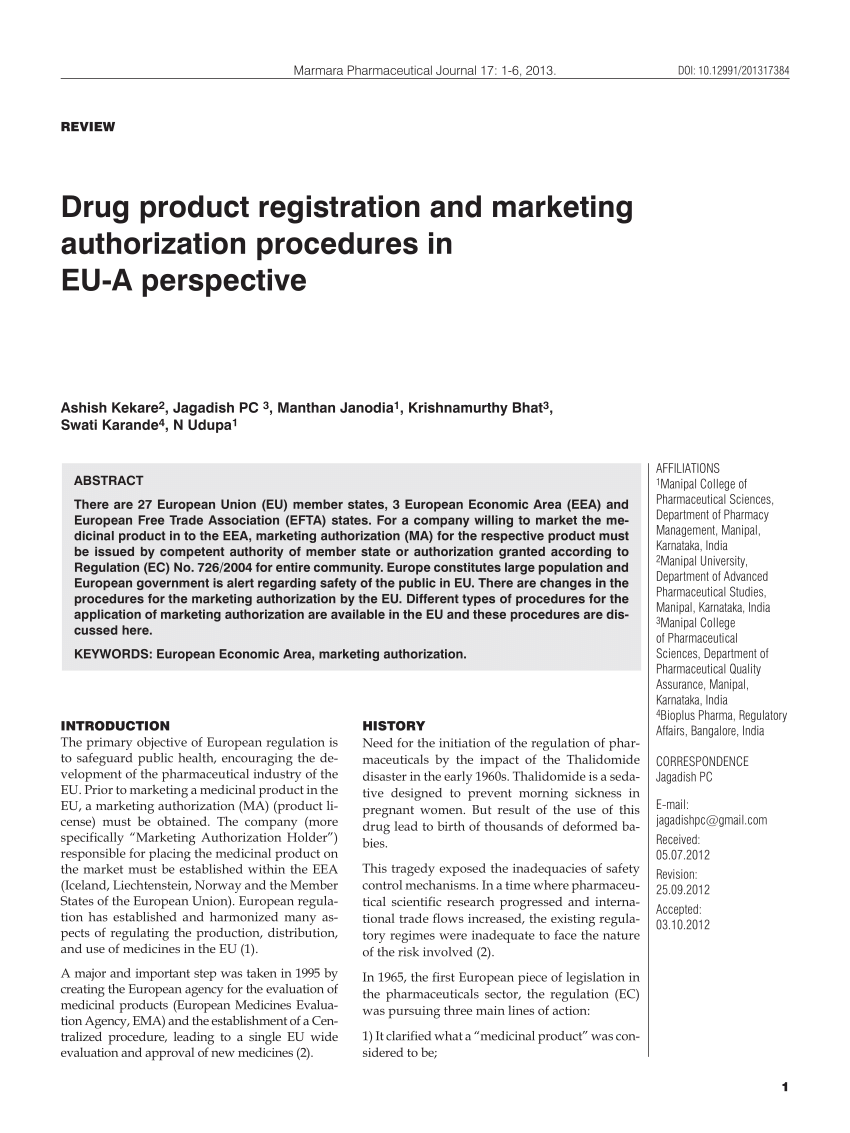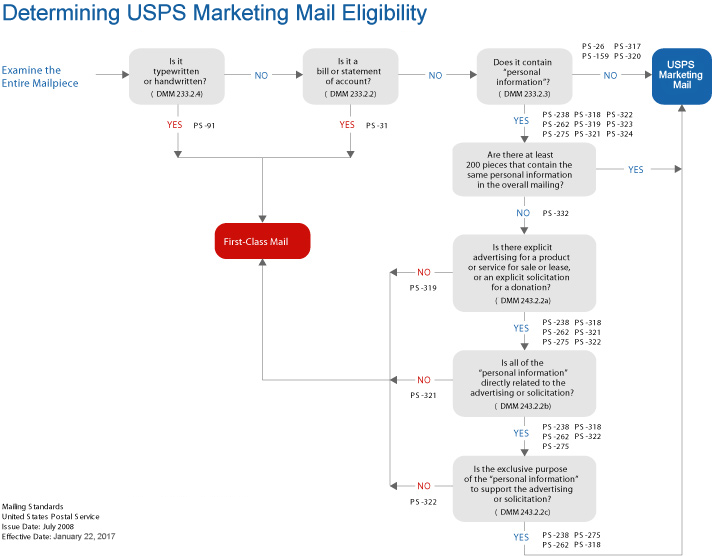Adapting to the rapidly evolving landscape of digital marketing requires extensive understanding and efficient utilization of various technological innovations. Among them, Real-time Bidding (RTB) emerges as a protocol of paramount importance. However, the multilayered and dynamic nature of RTB often poses challenges to many marketers. This article aims to dispel those ambiguities by presenting an all-inclusive guide on how RTB functions, its significance, benefits, and challenges.
The world is leaning towards automation and the advertising industry is no exception, with RTB being a prime example. It provides an optimal method of selling and buying online ad impressions via real-time auctions. Despite becoming a point of focus in the industry, for many, the complex inner mechanisms of RTB remain an enigma. This comprehensive manual endeavor to enlighten advertisers about the intricate working model of RTB.
Comprehending the application and functionality of RTB can significantly streamline your marketing efforts and maximize advertising efficiency. Learning about the role of diverse parties involved- from publishers and advertisers to intermediaries, can also immensely enhance your understanding of the modern digital advertising landscape. Therefore, this guide will delve into these crucial aspects while providing insights on how to emerge victorious in the RTB system.
Unraveling the Concept of Real-Time Bidding
The Essence of Real-Time Bidding
Real-Time Bidding or RTB is a central part of online marketing that leverages technology to allow instantaneous auctions for ad space on an individual impression basis. Essentially, every time a user visits a website that has partnered with an RTB-enabled ad exchange or platform, a swift auction is carried out to determine which ad will be displayed during that user’s visit.
This process is dynamic and highly automated, making it very efficient and lucrative for both publishers looking to monetize their digital properties and advertisers aiming to reach a very specific audience at the most opportune time. Consequently, the aforesaid auctions often take place in milliseconds. It’s all part of a commitment to serve the right ad for the right user at the right moment.
How it Works
- The process commences when a user accesses a website that has made a deal with an RTB exchange, thereby triggering the initiation of an auction.
- Essential data about the user and the ad inventory are collected and disseminated to potential advertisers who may be interested in serving an ad to this particular visitor.
- Advertisers assess the information and, using automated algorithms, determine the value of the impression and make a bid. This bid represents how much they are willing to pay for their ad to be shown to this specific user.
- The RTB platform carries out the auction, and ultimately, the highest paying advertiser wins the auction.
- Immediately after the auction, the winner’s ad gets displayed on the web page that the user is viewing.
These activities are completed in nearly real-time, thereby ensuring that there are no interruptions or delays in the user’s browsing experience. That is precisely why the method is called Real-Time Bidding.
With RTB, marketers are empowered with the capability to tailor and optimize their ad campaigns in real-time, based on the most current trends, user behavior, and market dynamics. It is a sophisticated level of customization that directly influences the effectiveness of their digital advertising efforts.
The Significance of Real-Time Bidding in Online Advertising
In the realm of online advertising, the function of Real-Time Bidding (RTB) is truly transformative. This innovative approach to buying and selling ad inventory in real-time auctions has disrupted the traditional methods of digital advertising. Prevalently used in programmatic advertising, RTB has altered the landscape of digital advertising by bringing efficiency, cost-effectiveness, and precision to the process.
Efficiency and Cost-effectiveness
Real-Time Bidding eliminates the need for tedious negotiations and manual insertion orders. Advertisers can automatically purchase ad space while publishers can sell their inventory dynamically and instantly. This results in a streamlined buying and selling process that saves time and resources. Furthermore, the bidding system employed allows advertisers to pay the precise amount they’re willing to spend for an impression.
Targeting Precision
One of the most significant advantages of RTB is its ability to accurately target potential customers. By bidding on impressions based on specific user data and audience behavior, advertisers can ensure their ads are only shown to their desired audience. This data-centric approach increases engagement and boosts conversion rates, making advertising campaigns more effective.
- The advent of RTB has truly revolutionized the advertising industry, enabling marketers to deploy highly targeted and efficient campaigns.
- Its capacity to streamline the advertising process and reduce costs makes it an ideal choice for advertisers navigating the digital landscape.
- Moreover, given its data-driven approach, it’s fair to say that RTB has set a new standard for precision marketing.
In conclusion, Real-Time Bidding plays a crucial role in digital advertising, providing advertisers with a robust and effective tool to reach their target audience. Its evolution and continued prominence in the advertising ecosystem are a testament to its potency and potential.
Distinctions Between Real-Time Bidding and Conventional Programmatic Procurement
In the realm of digital marketing, it can be difficult to discern the nuances between Real-Time Bidding (RTB) and traditional programmatic buying. Despite the fact they share some similarities, there are key distinctions that set these two approaches apart.
Real-Time Bidding
Real-Time Bidding is an automated, auction-based method of buying and selling digital advertisements in real-time. With RTB, every single ad impression is sold to the highest bidder in milliseconds, making it a fast-paced, dynamic form of ad buying. This buying strategy revolves around buying individual impressions based on user behaviour data, enabling precise targeting of advertisements to specific audiences of interest. This approach is most beneficial for companies that have successfully identified and segmented their target audiences, allowing them to derive maximum value from their ad spend on narrowly targeted impressions.
Traditional Programmatic Buying
On the other hand, traditional programmatic buying, also known as programmatic direct or automated guaranteed, involves purchasing digital ad space in advance. Unlike RTB, this method allows for the negotiation of pricing and ensures guaranteed ad placement. It involves a direct relationship between the buyer and seller, and often requires minimum spending requirements and contracts. This approach offers greater certainty and control over where ads will be shown, making it ideal for brands keen on associating with specific high-quality websites or online channels.
- Flexibility and Speed: RTB provides a level of flexibility and speed that traditional programmatic buying does not. It allows advertisers to buy ad impressions on an individual basis, adjusting strategies in real-time based on performance data.
- Precise Targeting: The use of user behavior data in RTB allows for more precise targeting, ensuring relevance of ads to audiences. Meanwhile, traditional programmatic buying places an emphasis on the environment in which ads are shown.
- Transactions: While RTB is conducted via an auction model, traditional programmatic buying takes place through direct and pre-negotiated transactions. Both methods however, are automated and eliminate the need for manual processes in ad buying.
In summary, both RTB and traditional programmatic buying offer automated solutions for digital ad buying, but they differ in their approach to pricing, placement, targeting, transactions and flexibility which makes them suitable for different scenarios and objectives.
Getting to Know the Realm of Real-Time Bidding: Main Entities and Interactions
When venturing into the world of real-time bidding (RTB), it’s essential to identify core entities and understand the dynamics of their interactions. Key players in the digital advertising space are primarily separated into supply-side platforms (SSPs), demand-side platforms (DSPs), ad exchanges, data management platforms (DMPs), and the consumers. These entities intertwine in a complex, yet streamlined way to deliver targeted ads in real-time.
Key Entities in the RTB Landscape
Each key player has a specific role within the real-time bidding environment:
- Supply Side Platforms (SSPs): These are platforms used by publishers to sell their ad impressions to the highest bidders. SSPs bring efficiency to the publishers’ ad-selling process while maximizing their revenue.
- Demand Side Platforms (DSPs): These are platforms that facilitate the process of buying ad impressions on behalf of advertisers. They allow advertisers to bid for impressions across a range of publishers in real-time.
- Ad Exchanges: These are digital marketplaces where DSPs and SSPs meet. They host the bidding war in real-time, thus acting as the backbone of the RTB ecosystem.
- Data Management Platforms (DMPs): These platforms collect and manage user data that is used to segment audiences. The segmented data is then used by DSPs for precise targeting of their ads.
- Consumers: These are the end-users who view the display ads. Their online behavior data feeds into DMPs for further ad-targeting refinements.
Understanding how these entities interact is critical in getting the full picture of the RTB landscape. When a user visits a website, their data is sent to the DMP which makes a decision based on that user’s profile. The DSP then places a bid for an ad space on behalf of the advertiser. This bid goes through the ad exchange where it competes with others. The winning ad is then displayed to the user, and the whole process takes place in a matter of milliseconds.
In conclusion, recognizing the major components in the real-time bidding environment and their interplay is crucial in leveraging the advantages of this powerful digital marketing tool.
Dissecting the Real-Time Bidding Transaction: The Detailed Breakdown
The real-time bidding (RTB) process might seem complex at first, but it is quite systematic, involving several steps that take place in milliseconds. Here’s an in-depth study of the sequence of events that occur when you engage in RTB.
1. The User’s Visit
Initially, the user lands on a website equipped with RTB technology. The website then captures the user’s cookie ID and some demographic information.
2. The Ad Call
Following this, the website forwards the user’s information to an ad exchange, making an ad call. This can be thought of as an invitation to place bids on the ad space.
3. Auction Announcement and Bid Submission
The Supply-Side Platform (SSP), a software used to sell advertising in an automatic manner, then notifies all potential bidders (which are Demand-Side Platforms (DSPs)), about the opportunity to display their ad. These bidders, in turn, will evaluate the user’s data and the performance history of their ads on similar placements. Based on this evaluation, they decide whether to engage in the auction and at what price they are willing to bid.
4. Selection of the Winning Bid
Post the submission of the bids by the DSPs, the SSP determines the winning bid using certain predefined rules. This is typically the highest bid in the auction.
5. Ad Impression
The winning bidder’s ad gets displayed on the user’s webpage almost instantaneously. Remarkably, from the moment the user lands on the website until their exposure to the ad, only about 100 milliseconds have passed. This demonstrates the incredible speed and efficiency of the RTB transaction.
In summary, the RTB process is a powerful and efficient digital advertising tool that enables advertisers to reach their target audiences more effectively. By understanding the sequence of steps involved, one can better navigate this dynamic landscape and potentially achieve superior advertising outcomes.
The Prominent Benefits of Incorporating RTB into Your Advertising Tactics
Implementing Real Time Bidding (RTB) in your marketing scheme can result in a multitude of benefits for advertisers. A digital advertising strategy that leverages RTB can reach its potential in terms of both efficiency and effectiveness.
1. Cost-Effectiveness
One of the prominent aspects of RTB is its cost-effectiveness. By enabling advertisers to purchase ads based on individual impressions, the expenditure becomes precise and controlled. This caters to efficient spending, as businesses only pay for their exact requirements. This dynamic strategy, hence, culminates in more focused and hence, more cost-effective marketing efforts.
2. Greater Accessibility to Audiences
RTB offers the opportunity to access a diverse range of audiences within milliseconds. By matching advertisements to the right audience in real-time, it enhances viewer experience and increases the chance of eliciting the desired response from the viewers. This precise algorithm-driven strategy ensures your advertisements land on the right screens at the right time.
3. Detailed Performance Analytics
With RTB, you get access to analytics and performance measures in real-time. This allows for immediate adjustments to be made to the campaign to optimize success. The detailed insights provided by these instantaneous analytics include engagement rates, interaction times and many other vital matrices. This data-driven approach allows for an enhanced optimization of your future marketing strategies.
4. Increased Flexibility
The nature of RTB allows for real-time adjustments not just in terms of bidding, but also for changes in targeting and creative delivery. This enables ads to be tailored to meet specific campaign objectives, enhancing the flexibility of digital advertising strategies.
5. Brand Safety
With RTB, advertisers have the ability to control the content surrounding their ads. They can choose to avoid certain subjects, themes or platforms that do not align with their brand image. This way, their advertisements get the exposure needed, while maintaining the safety and integrity of their brand.
Key Aspects to Evaluate During the Transition to Real-Time Auctions in Marketing: Expenditure, Required Expertise, and Efficient Planning
When looking to integrate real-time auctions into your marketing strategy, there are several important aspects that you need to thoughtfully consider. These include understanding the financial implications, assessing the skills needed to effectively manage and optimize these campaigns, and carefully planning the timing of your bid strategy.
Expenditure: The Financial Element of Real-Time Bidding
Undeniably, real-time auctions can bring a variety of benefits to your marketing strategy. However, it’s crucial to understand the potential costs involved. This entails more than just the actual bidding cost. Expenses may also arise from technology integration, market research, team training, and campaign optimization.
- Technology integration: Although many platforms automate the bidding process, integrating this technology into your existing systems can be expensive.
- Market research: To be competitive in real-time auctions, you should be updated about market trends and audience preferences, which often calls for comprehensive research.
- Team training: Real-time bidding often requires substantial knowledge transfer or external recruitment to onboard team members proficient in its implementation.
- Campaign optimization: Continuous testing and modification of campaigns is integral to increase efficiency, which means additional costs.
Required Expertise: Necessary Skills for Implementing Real-Time Auctions
Real-time bidding demands specific skill sets, which include data analysis, market research, and continuous learning to stay abreast with this dynamic field. Knowledge of auction theory, platform-specific insights, and an understanding of consumer behavior are among the most useful skills for marketers venturing into real-time auctions.
Efficient Planning: Proper Timing of Real-Time Bidding
The timing of your bids can make a tangible difference in the outcomes of real-time auctions. This often involves closely monitoring markets and user behaviors to arrive at the best times to bid. Furthermore, seasonal factors such as holidays, market trends, and consumer purchasing cycles can also influence the optimal timing for bids.
In conclusion, transitioning to real-time auctions can bring substantial benefits to your marketing strategy, but it requires careful planning, investment, and a dedicated skillset to optimize its efficiency and maximize returns.
Embracing Real-Time Bidding: Essential Tips for Advertisers
Real-time bidding (RTB) has become a cornerstone of the digital advertising industry. Strategically leveraging this method can take your marketing efforts to new heights. Here are some key strategies for advertisers interested in making the most of RTB.
1. Yield Management
Begin by understanding your audience value. Recognize the importance of yield management and strive to acquire inventory that appeals to your high-value audiences. The more specifically targeted your pitch, the more likely you are to win the impression.
2. Data Optimization
You can greatly increase your RTB prowess by harnessing the power of data. Integrate real-time data into your bidding equations to enable efficient budget allocation. Furthermore, data-driven insights may aid in identifying high-quality inventory spots and shifts in user behavior.
3. Bid Pricing
Define your bid prices judiciously, taking into account factors such as the target audience, inventory quality, and wider market conditions. Make calculated leaps beyond your standard bid floor when vying for premium inventory.
Understanding the RTB Landscape
An informed grasp of the RTB ecosystem can lead to more fruitful bidding activities. Stay updated with market trends, changes in bidding protocols, and emerging technologies.
Remember, RTB opens the gateway to impression-level bidding – ensuring precision and efficiency in your advertising campaigns. To leverage this, familiarize yourself with the intricacies of the system and constantly refine your strategies. Your advertising success hinges on the balance between the value of each impression and the price you pay for it.
The Future Landscape of Automated Digital Advertising: Innovations, Trends and Forecasts
As we move into the future, real-time bidding or RTB, a pivotal aspect of digital marketing, is anticipated to undergo significant transformations. Emerging trends, innovative developments, and forecasts in this field point towards exciting changes ahead.
Innovations and Trends
The incorporation of Artificial Intelligence (AI) and Machine Learning (ML) into RTB platforms is one the most promising innovations in this realm. With fine-tuned algorithms, these technologies can assess and bid on ad space in real-time, thus making the process more efficient, precise and revenue-generating.
Another trend making headway is the focus on mobile advertising. Increased mobile usage is directing the RTB activity towards mobile platforms, thus transforming not just the reach but also the type of ad content.
Programmatic TV Advertising, although presently in nascent stages, is gaining momentum in the world of RTB. Distributing ads on connected TVs and streaming platforms using the RTB model opens a realm of possibilities for marketers and advertisers.
Predictions
With these innovations come the predictions. A major forecast is the exponential growth of programmatic ad spend. Given the automation and precision capabilities it delivers, more and more businesses are expected to allocate significant portions of their marketing budgets towards RTB platforms.
Security and transparency issues have been of concern in RTB. However, future advancements are predicted to focus on overcoming these challenges. The development of blockchain technology for RTB could provide improved security, transparency and control over privacy.
So, the future of automated digital advertising seems to be more focused towards technological integration, with AI and ML leading the way. The marketing landscape is thus predicted to become a hub of advanced, real-time bidding systems.
Analyzing Successful Implementation of RTB Marketing
Overview of Practical Implementations of RTB Marketing
The integration of digital technology in marketing cannot be overemphasized. Recently, a marketing approach known as Real-Time Bidding (RTB) has gained significant attention amongst marketers. In the following section, we explore practical examples of effective RTB marketing campaigns to better understand this strategy.
The Case of Nissan’s “Innovation that Excites” Campaign
Nissan, a globally recognized automobile manufacturer, successfully leveraged RTB in their “Innovation that Excites” campaign. Designed to promote their new model, the campaign integrated RTB technology with data-driven creatives to target potential customers. The campaign successfully reached over 80% of their target audience, outperforming previous campaigns that did not leverage RTB. It was an excellent demonstration of RTB’s potential in enhancing advertising reach and precision.
The Success of Kellogg’s Special K Campaign
Cereal manufacturer, Kellogg’s, offers another example of successful RTB implementation. Seeking to increase awareness of their “Special K” product line, they harnessed the power of RTB to precisely target health-conscious consumers. They combined existing consumer data with real-time market trends to adjust their bids effectively. The result was a 115% increase in viewable ad inventory, demonstrating the effectiveness of RTB in increasing visibility and awareness.
-
- Travel Company: Expedia
Lastly, let’s look at a case in the travel industry – Expedia. Faced with the challenge of reaching a global audience efficiently, they turned to RTB for a solution. Their advertising campaign involved real-time analysis of potential customers’ online activity, followed by tailored offers based on the data. This targeted approach led to an impressive 97% ad viewability rate among their target demographic, underlining the power of RTB.
These case studies prove that employing RTB marketing strategies can result in high visibility, improved ad inventory, and exceptional marketing outcomes. Businesses need to pay attention to these benefits and consider employing RTB in future marketing campaigns.
FAQ: What is rtb in marketing
What is an ad network, and how does it facilitate the relationship between advertisers and publishers?
An ad network acts as an intermediary between advertisers and publishers. It aggregates advertising inventory from publishers and matches it with advertiser demand, helping advertisers find appropriate spaces for their ads and publishers to monetize their content effectively.
How does media buying in real-time bidding (RTB) differ from traditional advertising methods?
Media buying in RTB differs from traditional advertising as it involves buying and selling digital ad impressions in real time through automated auctions. Unlike traditional methods, RTB allows for instantaneous transactions based on the viewer’s profile, leading to more relevant ad placements.
Can you explain how real-time bidding works in digital advertising?
In real-time bidding, when a user visits a website or mobile app, an ad impression is created. This impression is sent to an RTB auction where advertisers bid for it in real-time. The highest bidder gets to display their ad, all within a matter of milliseconds.
What is the role of RTB in advertising, and how does it benefit advertisers?
The role of RTB in advertising is to streamline the ad buying process, making it more efficient and targeted. It benefits advertisers by allowing them to bid for ad spaces that are more likely to be seen by their target audience, ensuring better ad performance.
How does header bidding work as a part of RTB advertising?
Header bidding is a type of RTB that allows multiple ad exchanges to bid on a publisher’s inventory simultaneously before making calls to their ad servers. This maximizes the revenue potential for publishers and offers advertisers access to premium inventory.
What are the benefits of using RTB for display advertising?
The benefits of using RTB for display advertising include increased efficiency in the ad buying process, more relevant ads being shown to the target audience, and enhanced ability to measure and optimize advertising campaigns for better performance.
How does RTB enable more relevant advertising for users on digital platforms?
RTB enables more relevant advertising by using data about users’ online behavior to place ads that are more likely to match their interests and needs. This targeted approach results in higher engagement rates compared to non-targeted ads.
Can RTB be used in content marketing strategies?
RTB can be integrated into content marketing strategies by allowing content marketers to purchase digital advertising inventory that aligns with their target audience’s interests, thus amplifying their content’s reach and engagement.
What is the definition of real-time bidding in the context of digital advertising?
Real-time bidding is a digital advertising method where ad impressions are bought and sold on a per-impression basis, through an instant, automated auction, allowing advertisers to bid on and purchase ad space in real-time as a user loads a webpage or app.
Why is RTB important in the current landscape of digital advertising?
RTB is important in digital advertising because it represents a shift towards more efficient, data-driven ad buying and selling. Its real-time nature allows for more precise targeting and better utilization of advertising budgets, making it a critical component of modern digital marketing strategies.
How does RTB (real-time bidding) work in digital advertising?
RTB works by allowing advertisers to bid on digital ad inventory in real time. When a user visits a website, an ad impression is sent to an auction. Multiple advertisers bid on the impression, and the highest bidder gets to display their ad to the user, all within milliseconds.
What are the benefits of using RTB in advertising campaigns?
The benefits of RTB in advertising include increased efficiency, as ads are bought and sold in real time; more targeted advertising, as RTB allows advertisers to bid on inventory that closely matches their target audience; and better budget utilization, due to the precise nature of the bidding process.
How does the real-time bidding process differ from traditional ad buying?
The real-time bidding process differs from traditional ad buying in its speed and precision. RTB automates the buying and selling of digital ad space, allowing advertisers to bid on ad impressions as they become available, which is much faster and more targeted compared to traditional, manual ad buying methods.
Why is bidding in advertising, especially RTB, important for modern marketing strategies?
Bidding in advertising, especially RTB, is important for modern marketing strategies because it allows for more efficient and effective ad placements. RTB’s data-driven approach enables advertisers to reach specific audiences with ads in real time, making campaigns more relevant and increasing the chances of conversion.
How do bidding platforms facilitate RTB campaigns, and how does this benefit advertisers?
Bidding platforms facilitate RTB campaigns by providing a marketplace where advertisers can bid on available ad inventory in real time. This benefits advertisers by giving them access to a wide range of ad spaces, allowing them to target specific demographics, behaviors, or contexts, thus enhancing the effectiveness of their campaigns.

